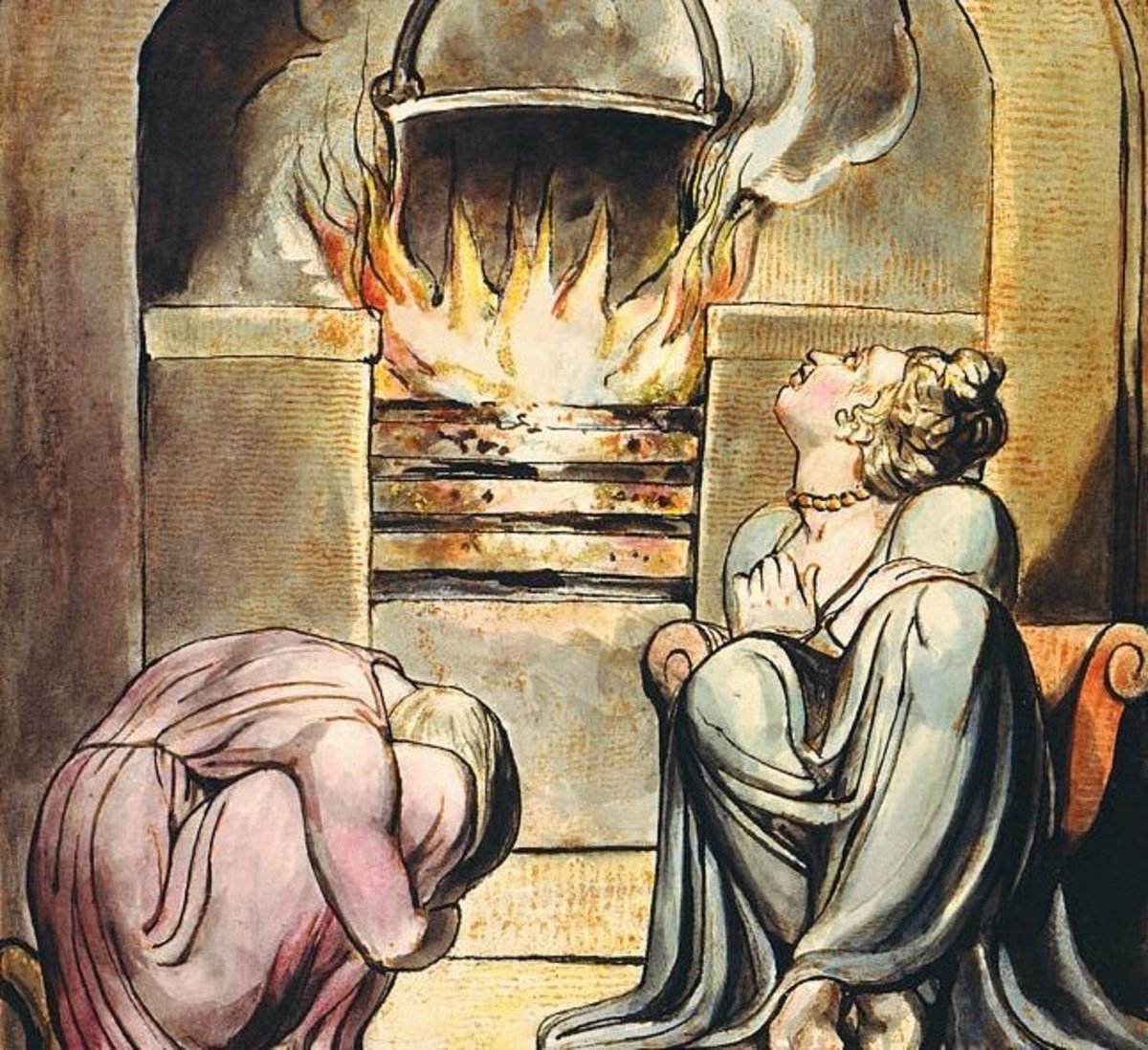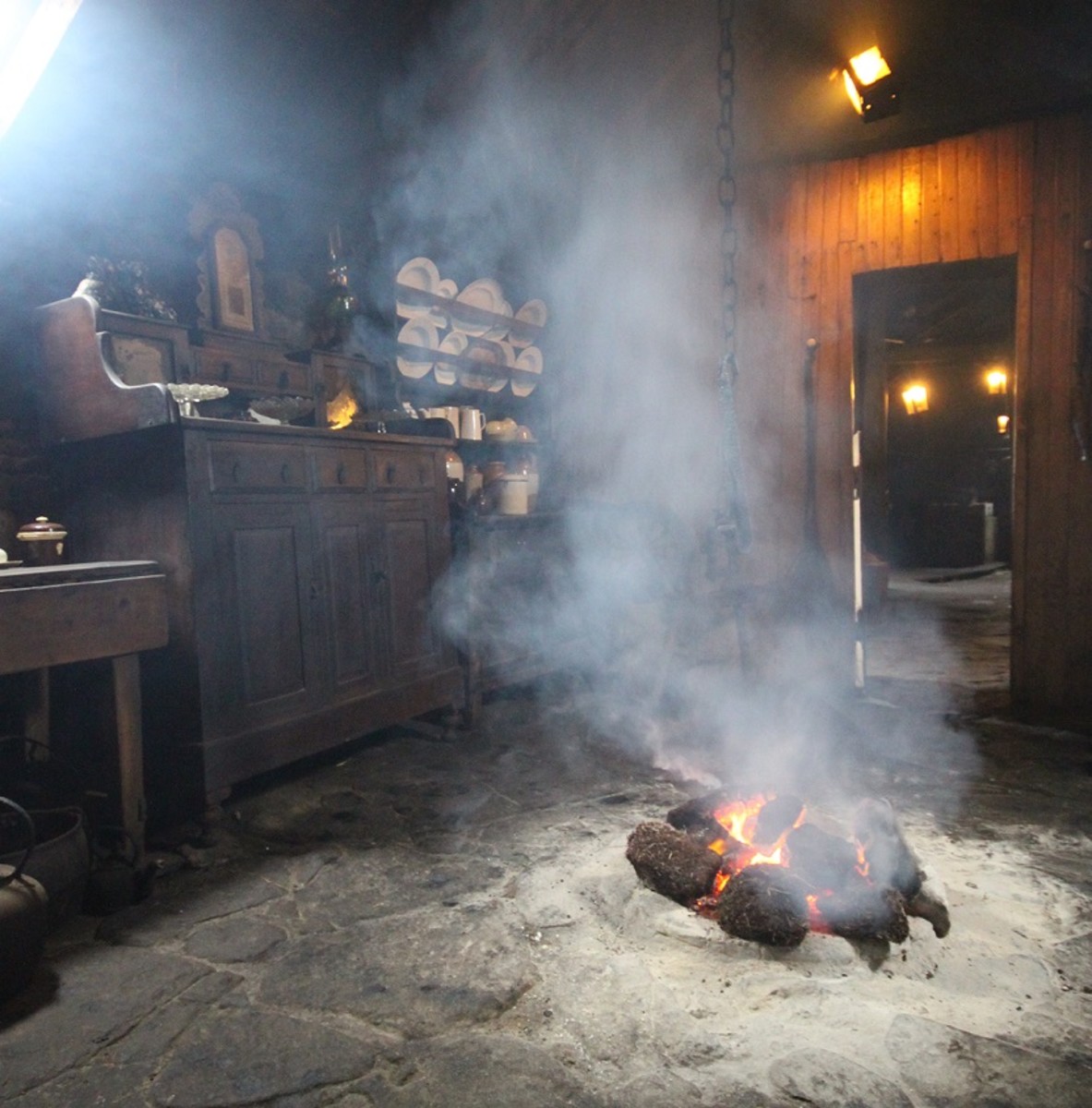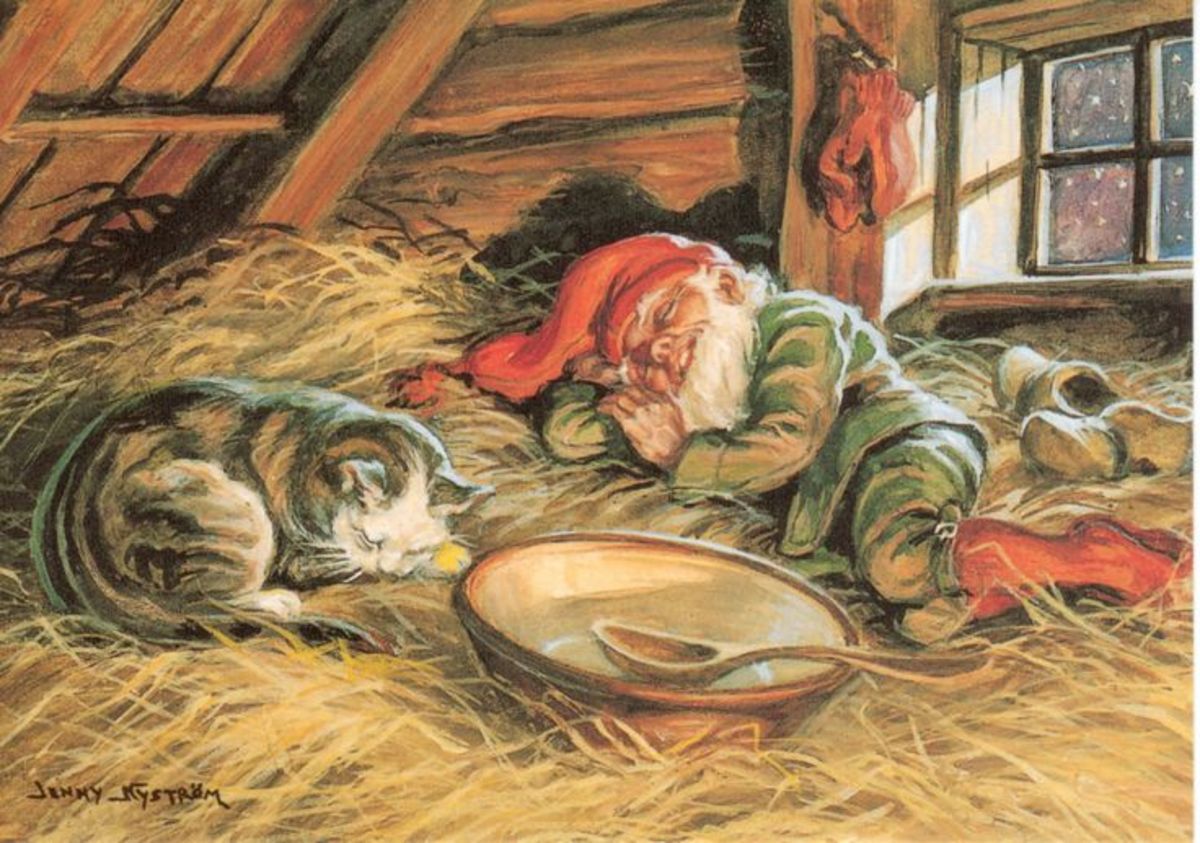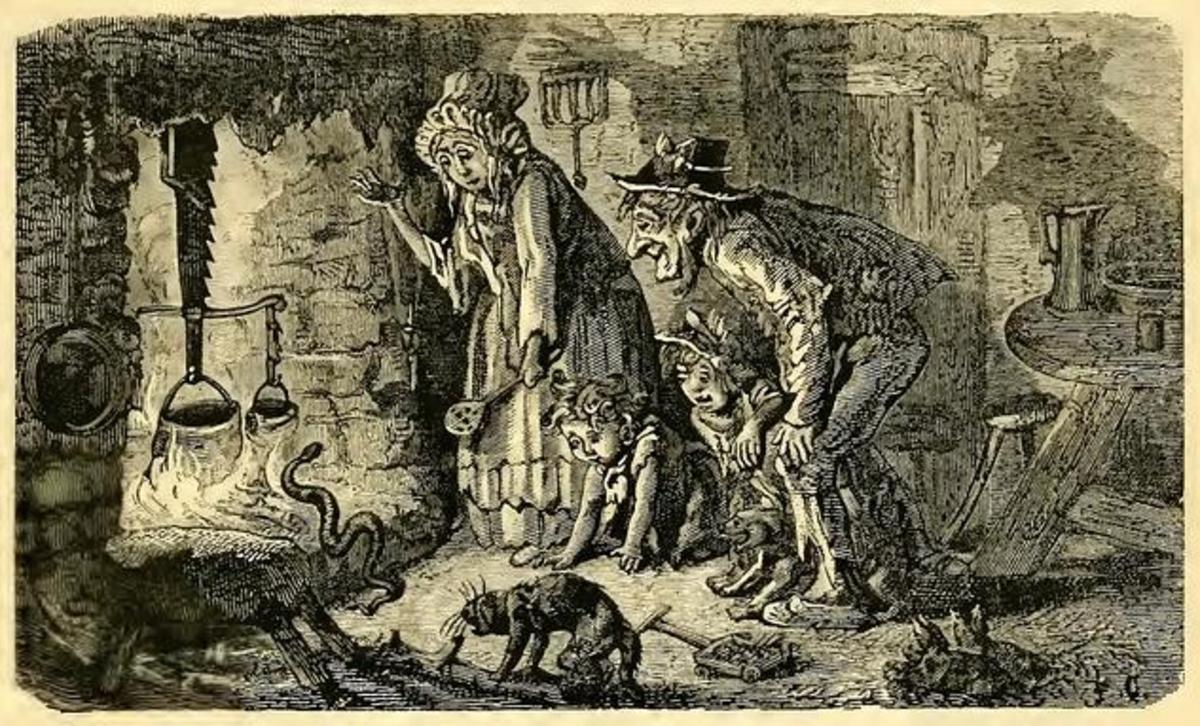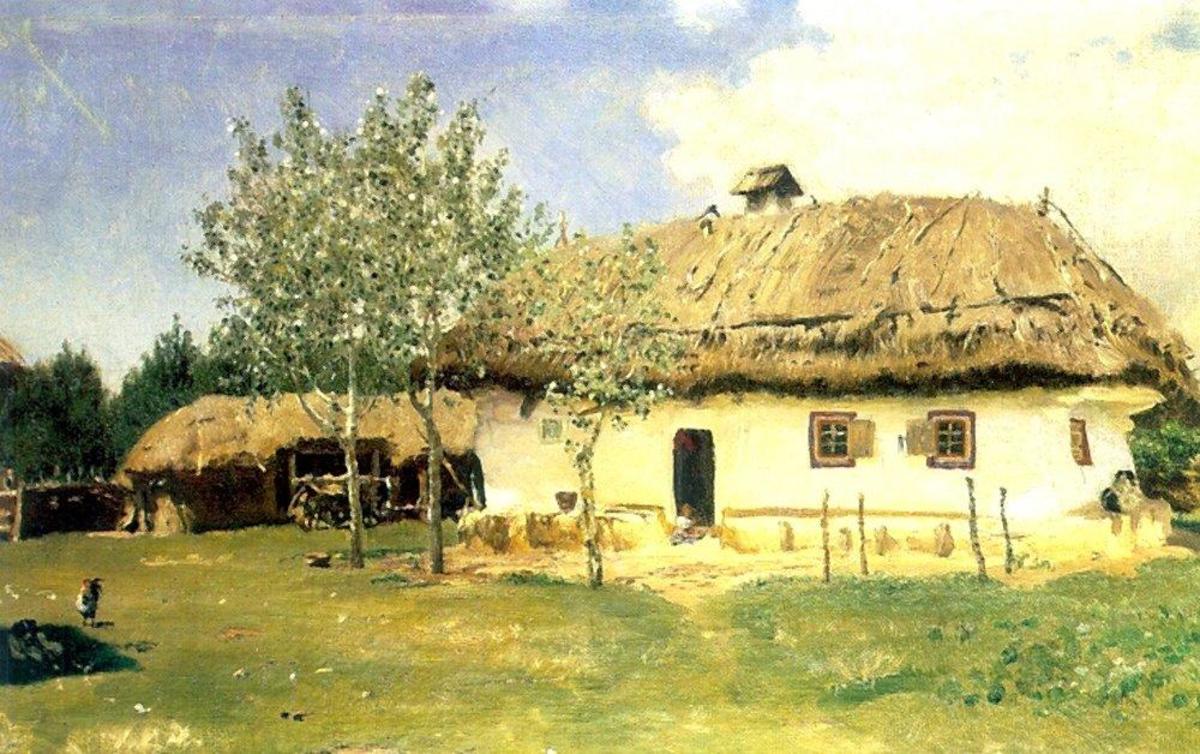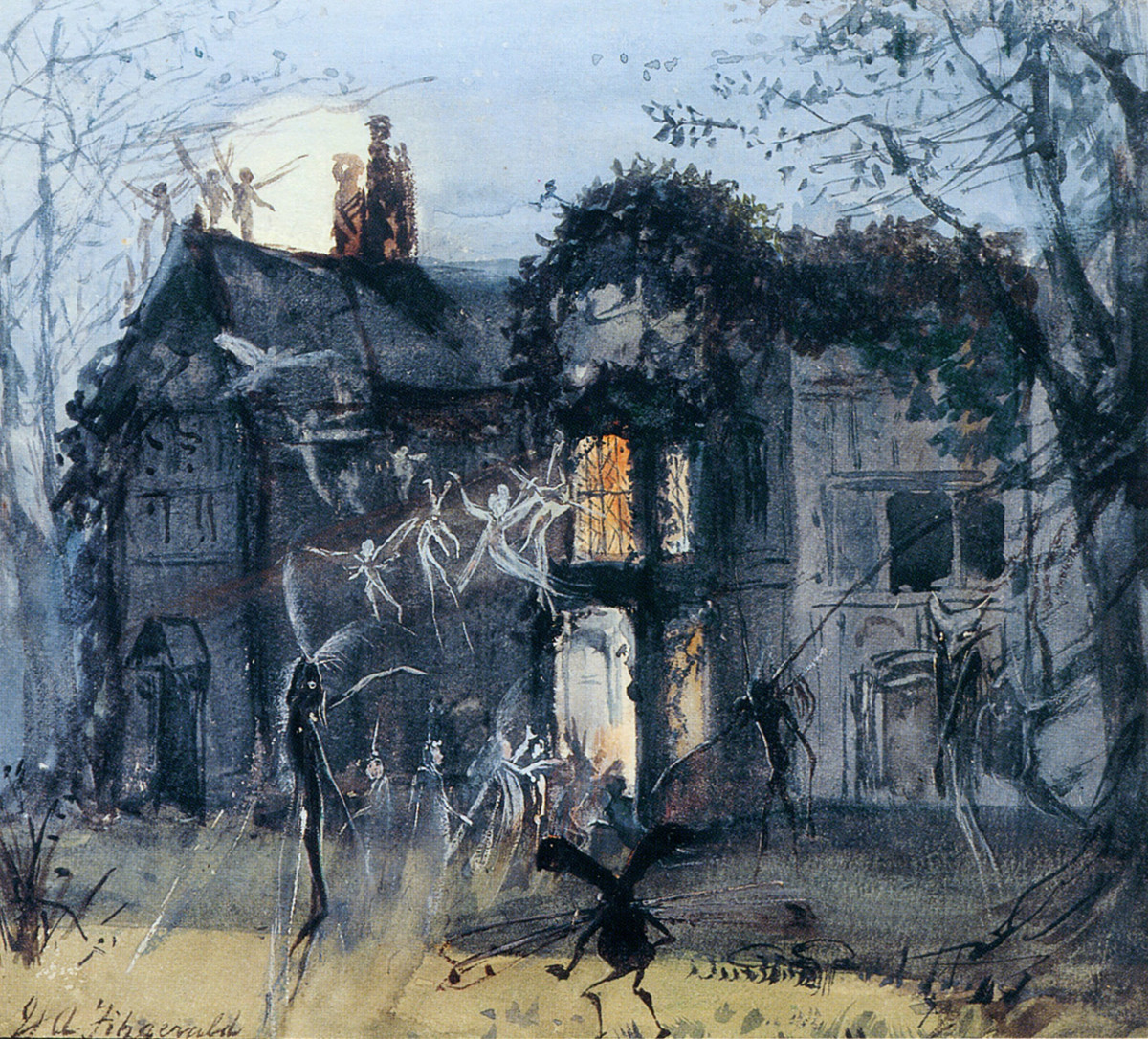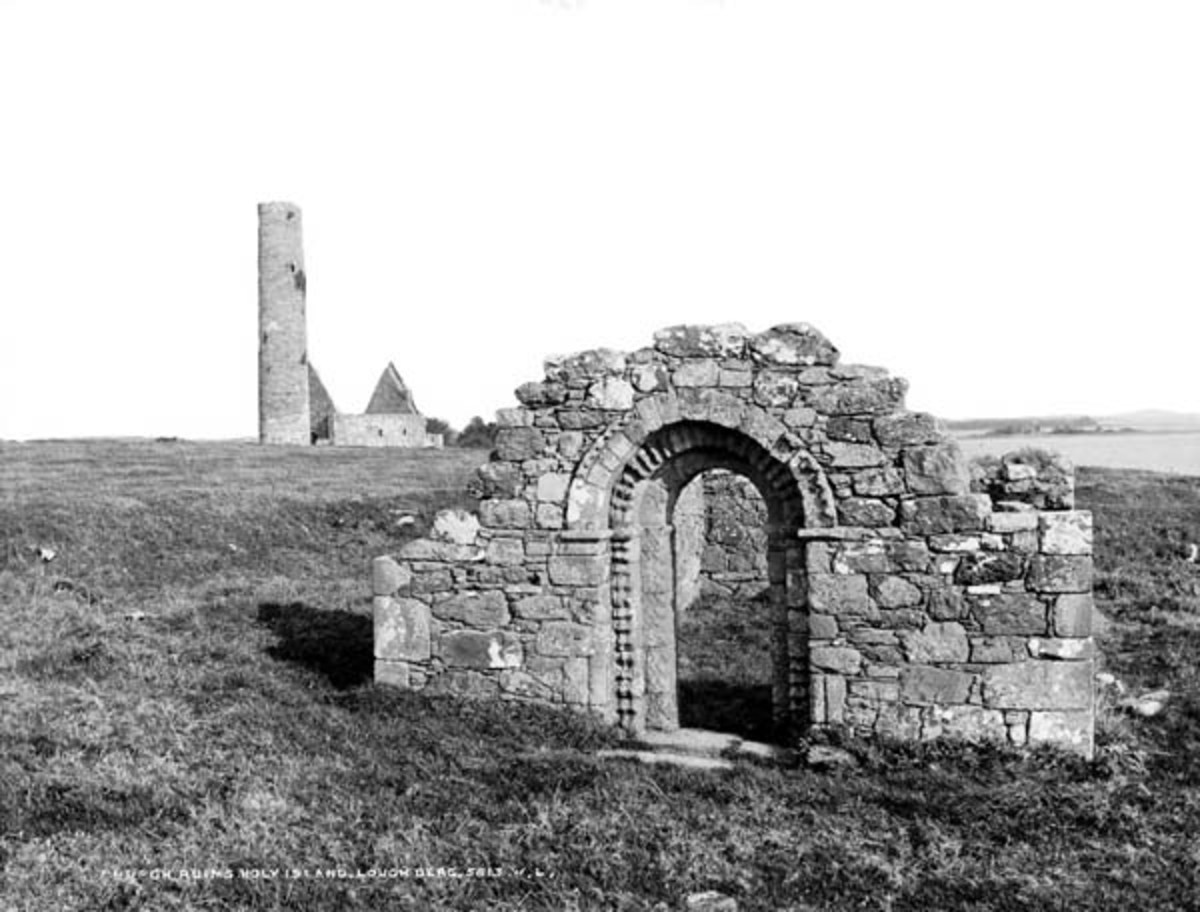Esta mañana consideré la posibilidad de modificar mi pedido en Amazon. Sacar uno de los tres cepillos para cepillado de la piel en seco, como nuevo hábito de higiene a diario para ayudar al más grande de nuestros órganos que es la piel a desintoxicar mejor, producir más vitamina D cuando se expone al sol, estimular el sistema linfático, facilitar la comunicación entre las células nerviosas que tenemos densamente empaquetadas en la piel y nuestro cerebro, y cambiarlo por un libro como mi propio regalo de cumpleaños.
Abrí el cofre donde guardo ideas y tesoros para cuando llegue la ocasión de darles forma, y releyendo algunos de los pasajes de libros como "Los misterios de la mujer" por M. Ester Harding o "If Women Rose Rooted. The Journey to Authenticity and Belonging" por Sharon Blackie, me he dado cuenta, igual como me di cuenta el otro día de que ya no me gusta el color azul para vestir por serio, apagado, neutro, contenido, inexpresivo y poco o nada alegre, que no me apetece nada ahora mismo leer este tipo de cosas... y de que me he vuelto tan fáctica (factual from En. 'fact' hecho) en toda esta andadura.
- So, my choice: Dear Thyroid Pharmacist, Dr. Izabella Wentz, I'm ordering your book from Amazon as my birthday present Xx  <3 I just wanted to make sure that the soo helpful GIFT #1 - Depletions and Digestion Free Book Chapter is from the book titled "Hashimoto's Thyroiditis: Lifesyle Interventions for Finding and Treating the ROOT CAUSE" and not from the new one, "HASHIMOTO'S PROTOCOL. A 90-Day Plan for Reversing Thyroid Symptoms and Getting Your Life Back". It includes, for example, Table 5 - Goitrogenic Foods and Table 6 - Goitrogen Effects on Thyroid, as well as your sooo valuable Personal experience with TPOAb and selenium at the end of the chapter.
<3 I just wanted to make sure that the soo helpful GIFT #1 - Depletions and Digestion Free Book Chapter is from the book titled "Hashimoto's Thyroiditis: Lifesyle Interventions for Finding and Treating the ROOT CAUSE" and not from the new one, "HASHIMOTO'S PROTOCOL. A 90-Day Plan for Reversing Thyroid Symptoms and Getting Your Life Back". It includes, for example, Table 5 - Goitrogenic Foods and Table 6 - Goitrogen Effects on Thyroid, as well as your sooo valuable Personal experience with TPOAb and selenium at the end of the chapter.
- Originally shared by http://kellygolightly.com/hashimotosandaip/ . Thanks to the modern-day audrey hepburns of the world, celebrating the art of living a colorful life.
April 4 is my birthday, and I'm ordering "Hashimoto's Thyroiditis: Lifesyle Interventions for Finding and Treating the ROOT CAUSE" by Thyroid Pharmacist, Dr. Izabella Wentz, who is a wonderful person, as my own birthday present. Thank you so much, Kelly, for sharing your personal experience and cheers to the modern-day audrey hepburns of the world, celebrating the art of living a colorful life. In heartfelt gratitude Xx













